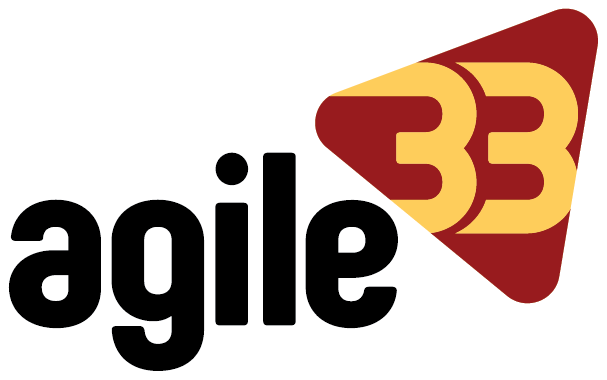
Creative problem-solving and idea generation are essential in any business setting. Two of the most widely used techniques for fostering innovation are mind mapping and brainstorming. While both methods help teams generate and organize ideas, they serve different purposes and are most effective in different situations.
Understanding the strengths of each approach and knowing when to apply them can improve strategic planning, project execution, and problem-solving within your organization.
What Is Brainstorming?
Brainstorming is a group-driven method focused on generating as many ideas as possible within a set timeframe. It encourages free thinking, allowing participants to contribute without immediate evaluation or restrictions.
Best Situations for Brainstorming
Brainstorming works best when:
· A team needs diverse perspectives to approach a challenge.
· The goal is to generate a high volume of ideas quickly.
· Creativity needs to flow without limitations or structured thinking.
Best Practices for Effective Brainstorming
· Encourage open participation: Create an environment where all ideas are welcomed without criticism.
· Use a facilitator: A moderator can keep the discussion focused and ensure all voices are heard.
· Set a time limit: Working within a time frame encourages rapid idea generation and keeps energy levels high.
· Cluster and refine ideas: Once brainstorming is complete, group similar ideas and refine them into actionable insights.
Brainstorming is ideal for situations where innovation and fresh ideas are the primary focus. However, once a large pool of ideas has been generated, organizing them effectively becomes the next challenge—this is where mind mapping comes in.
What Is Mind Mapping?
Mind mapping is a structured technique used to visually organize thoughts and connections between ideas. It starts with a central concept and branches out into related subtopics, creating a visual hierarchy. This method is particularly effective for structuring thoughts, breaking down complex ideas, and forming clear action plans.
Best Situations for Mind Mapping
Mind mapping is most effective when:
· Organizing and structuring ideas from a brainstorming session.
· Developing a detailed strategy or workflow.
· Identifying relationships between different concepts or project components.
Best Practices for Effective Mind Mapping
· Start with a central theme: Identify the main idea or goal and place it in the center.
· Expand with key branches: Create primary categories that relate to the central idea.
· Use visuals and colors: Differentiating elements with colors and images helps improve clarity and engagement.
· Keep it flexible: Allow for modifications as new connections and insights emerge.
Mind mapping transforms scattered thoughts into an organized and actionable framework, making it particularly useful in planning and execution phases.
Brainstorming vs. Mind Mapping: Which One Should You Use?
Both techniques serve important roles in idea generation and organization, but knowing when to apply each can make a significant difference in your results.
Use Brainstorming When:
· You need fresh perspectives and a large volume of ideas in a short time.
· Creativity and free thinking are more important than structure.
· You’re working with a group and want to encourage collaborative input without immediate evaluation.
Brainstorming is best suited for early-stage idea generation, where quantity is prioritized over refinement. It works well in team settings where a diverse range of thoughts and perspectives can spark innovative solutions.
Use Mind Mapping When:
· You need to structure and organize ideas generated from a brainstorming session.
· You’re developing a strategy, workflow, or detailed action plan.
· You want to visualize connections between concepts to identify patterns and relationships.
Mind mapping helps refine and clarify ideas, making it ideal for planning, execution, and problem-solving. It provides a clear roadmap for implementing creative concepts efficiently.
Many businesses find the most success by starting with brainstorming to generate ideas and then using mind mapping to organize and refine them into an actionable plan. By applying each method at the right stage, teams can maximize both creativity and structure for better decision-making and execution.
Choosing the right method depends on the stage of your business process. Use brainstorming to generate ideas freely and mind mapping to bring structure and clarity to those ideas. By applying each technique at the right time, businesses can drive innovation while maintaining efficiency in execution.
